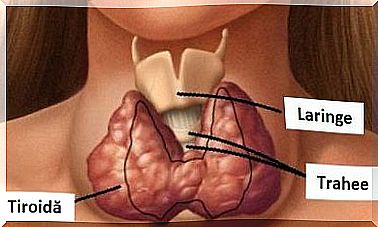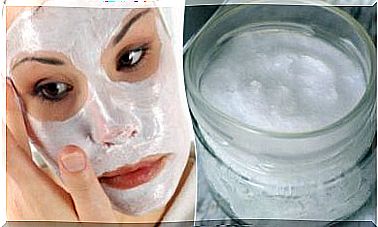At What Age Do The First Signs Of Aging Appear?
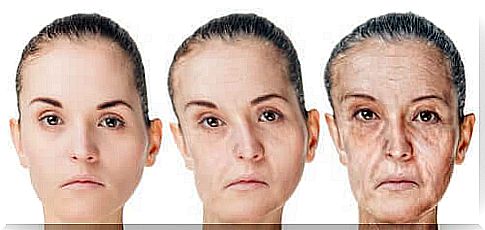
It is not easy to determine when the first signs of aging appear, because the concept of aging is relative. Although they have wrinkles, some people continue to be healthy and full of life. Instead, other people have smooth skin but poor health.
One factor that prevents us from saying exactly at what age the first signs of aging appear is the popular cultural myths today. We have many ways to look young, even at an older age. But that doesn’t mean I haven’t aged.
Physical appearance is just one of the variables that indicate the onset of aging, but it is not the most important. Other processes define this moment more precisely.
The process of aging
The process of aging is very complex. Not surprisingly, experts have more questions than answers about it. An obstacle in determining when the first signs of aging appear is that they do not occur at the same age in all people.
In fact, not all organs age at the same rate. In addition, there is a difference between biological aging and psychological or social aging. However, as a general rule, aging begins when a functional tissue declines.
Experts estimate that aging begins when the cells begin to malfunction. This definition is not accurate. By “malfunction” we mean:
- Accumulation of genetic defects
- Shortening of telomeres, which are found at the ends of chromosomes
- Errors in the elimination of defective proteins
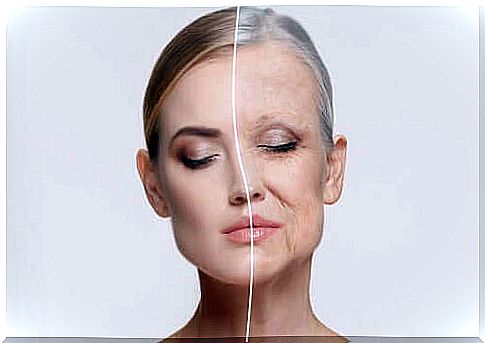
When do the first signs of aging appear?
There is no clear consensus on when we are getting older. The most conservative specialists claim that the process begins at the age of 25, because at this moment the cells start to malfunction. The process of gradual loss of muscle mass occurs around this age.
Jaime Miquel, a former director of the NASA Laboratory for the Study of Aging, says people are starting to age when they turn 30. According to him, the age of 30 is the threshold above which cells begin to deteriorate and physiognomic changes take place, such as:
- Weight gain
- Slowing down the metabolism
- Hormonal changes
- Memory loss
- Changes in sleep habits
The speed of the process depends on the genetic inheritance and lifestyle of the person concerned.
Study published by Standford University
According to a study conducted at Stanford University, aging has three stages and does not take place evenly. The study was published in the journal Nature Medicine and identifies five markers of aging:
- Slowing down the metabolism
- Weakening of bones and bone structure
- Memory problems
- Changing sleep habits
- Deterioration of muscle structures
Based on the mentioned markers, there are three major stages of aging. The first takes place at the age of 34, the second at the age of 60 and the last at the age of 78. Thus, the age at which the first signs of aging appear would be 34 years.
Tony Wyss-Coray, professor of neurology and neurological studies and coordinator of the study, noted that at the mentioned ages there are significant changes in the proteins transmitted through the blood. This phenomenon marks the three proposed stages.
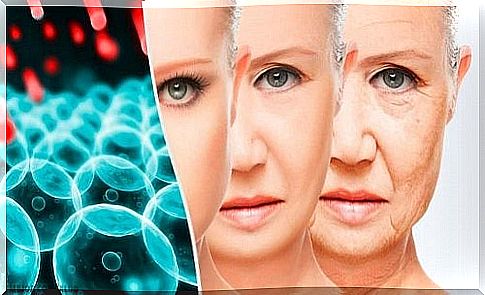
Chronological and biological age
Chronological age is the traditional way we look at aging. This refers to the number of years we have lived from birth to the present. Basically, it is a social and cultural indicator. But biologically, things are different.
Biological age is measured by observing the process of cell damage. Specifically, we can say that it has to do with the body’s ability to repair defects that affect cells.
Telomere length can help us determine biological age. These are the ends of the chromosomes and shorten each time a cell divides, until it runs out and the cell dies. The stage of this process allows experts to measure a person’s biological age, which does not always coincide with their chronological age.






